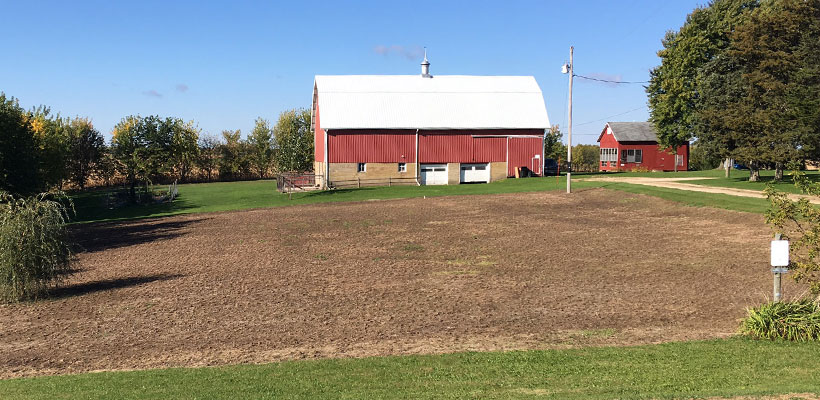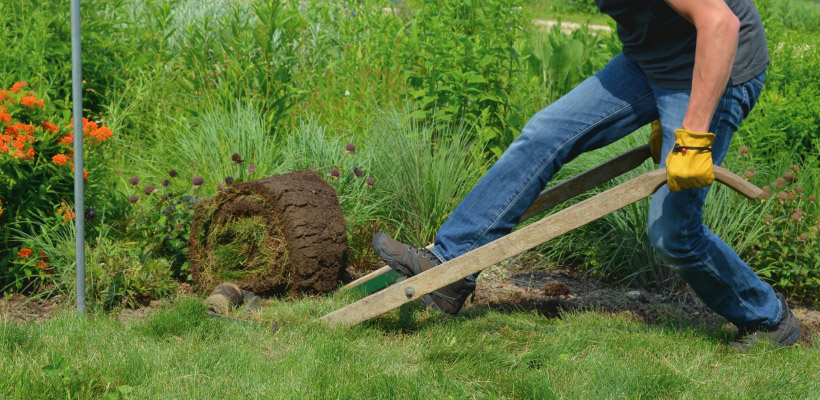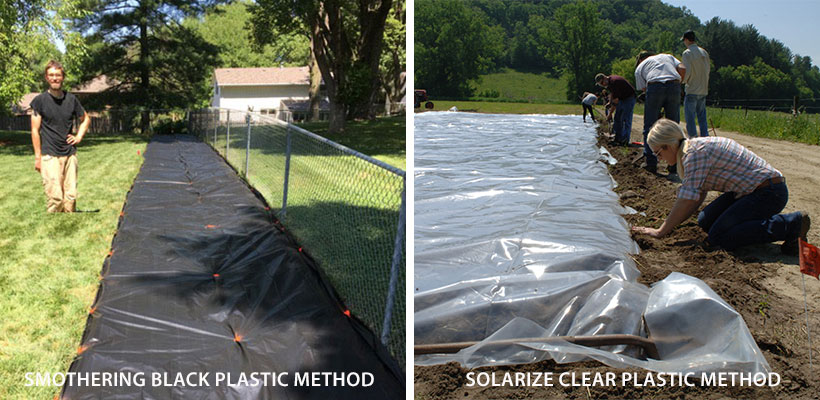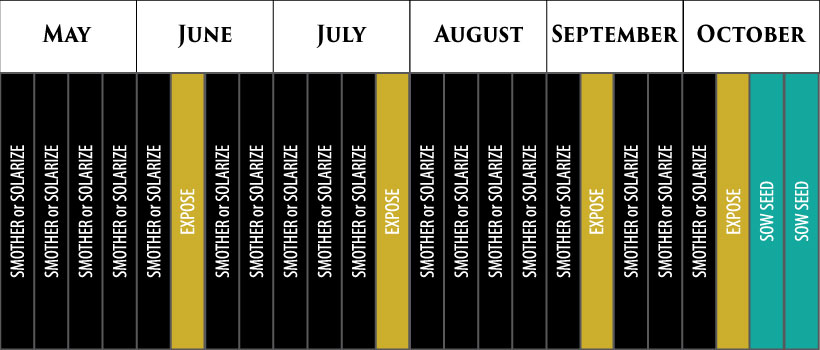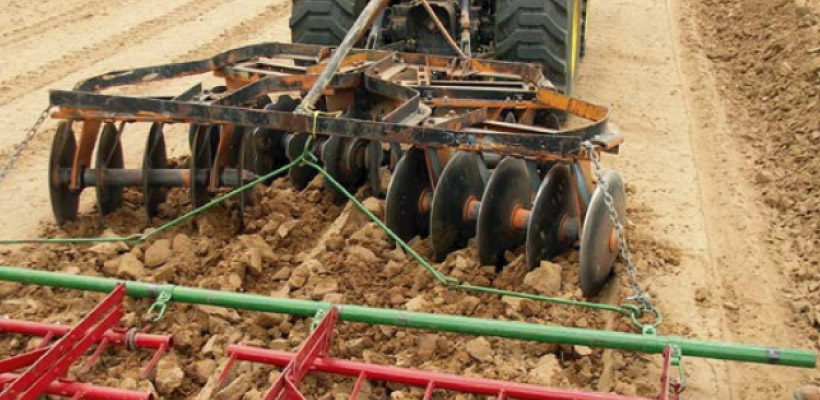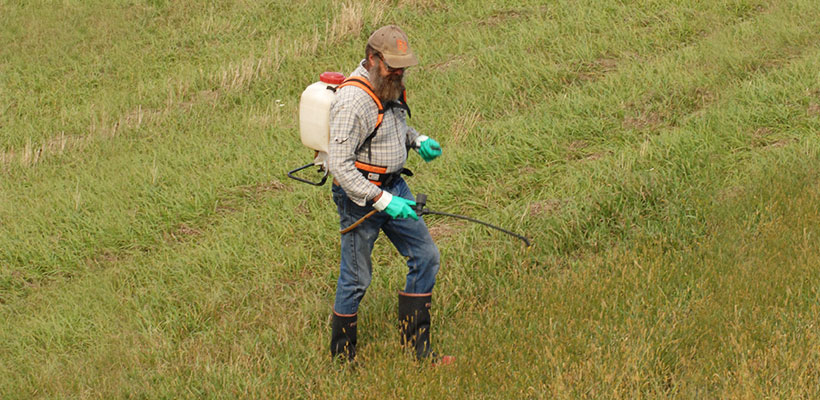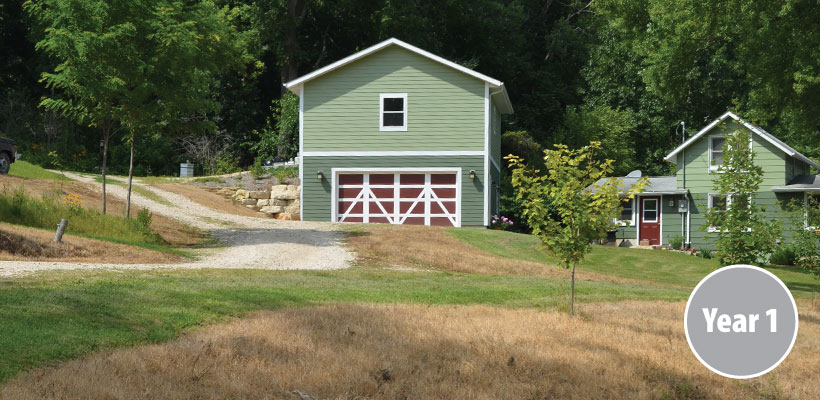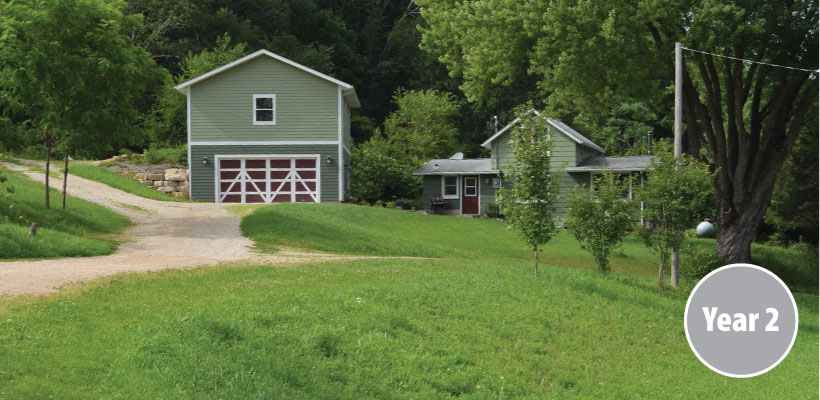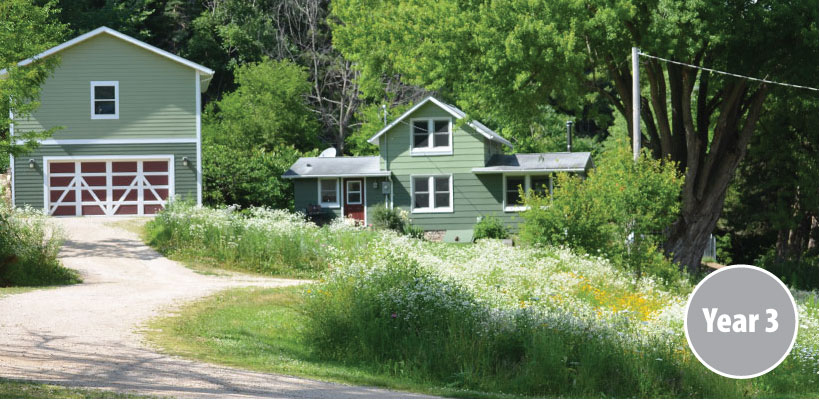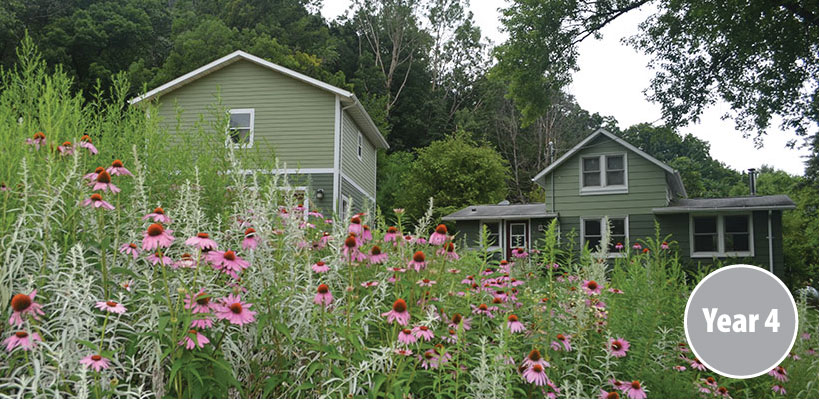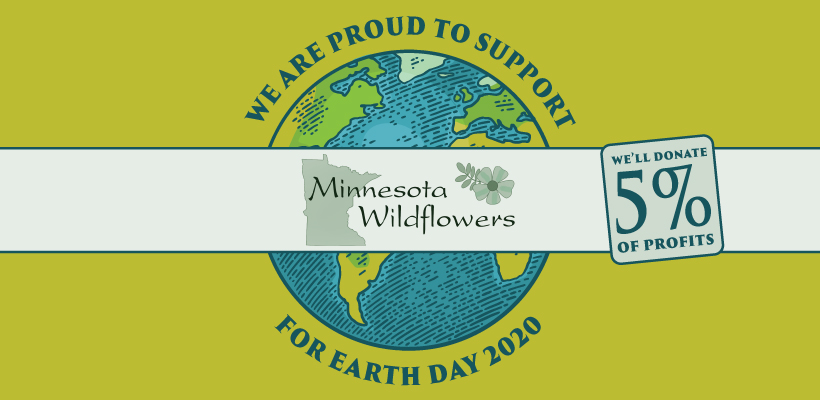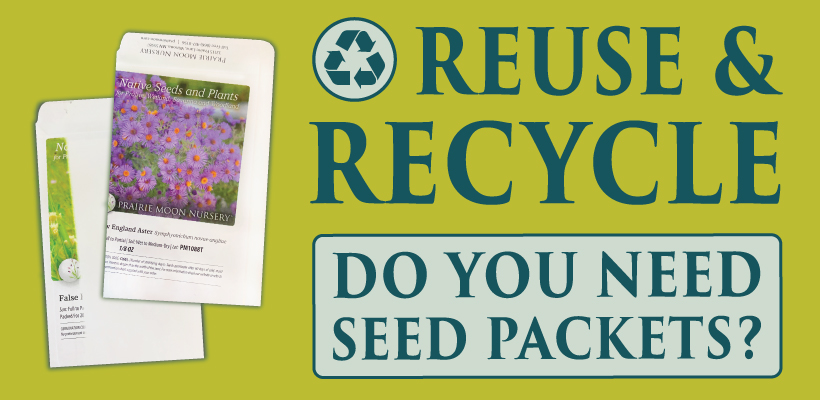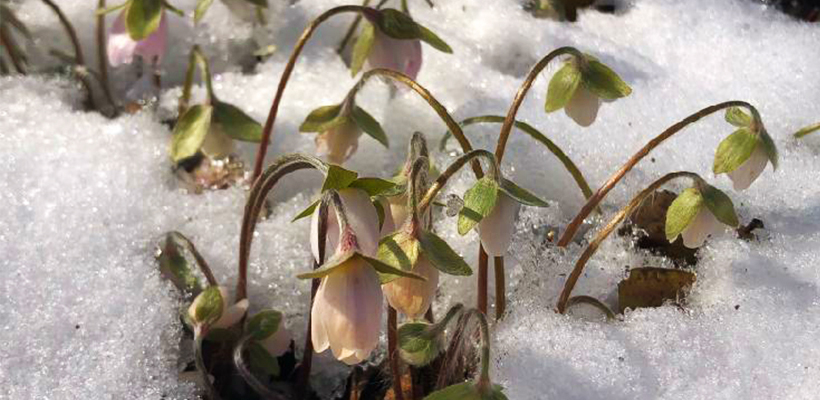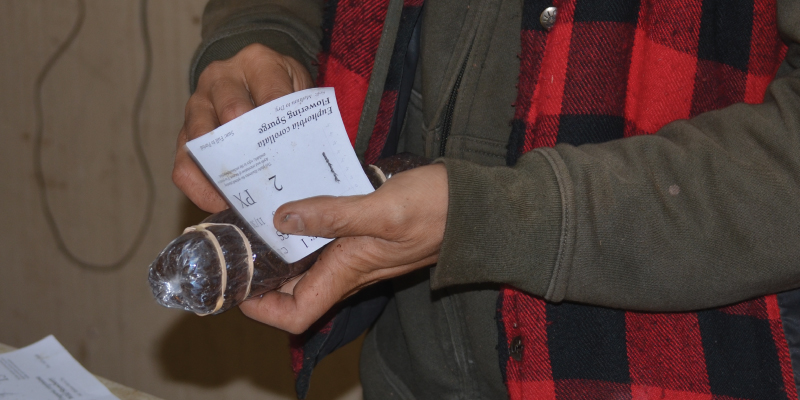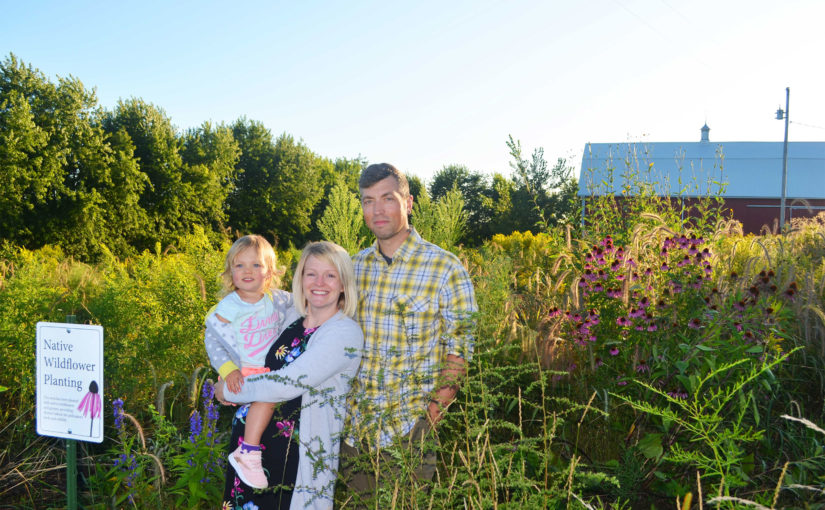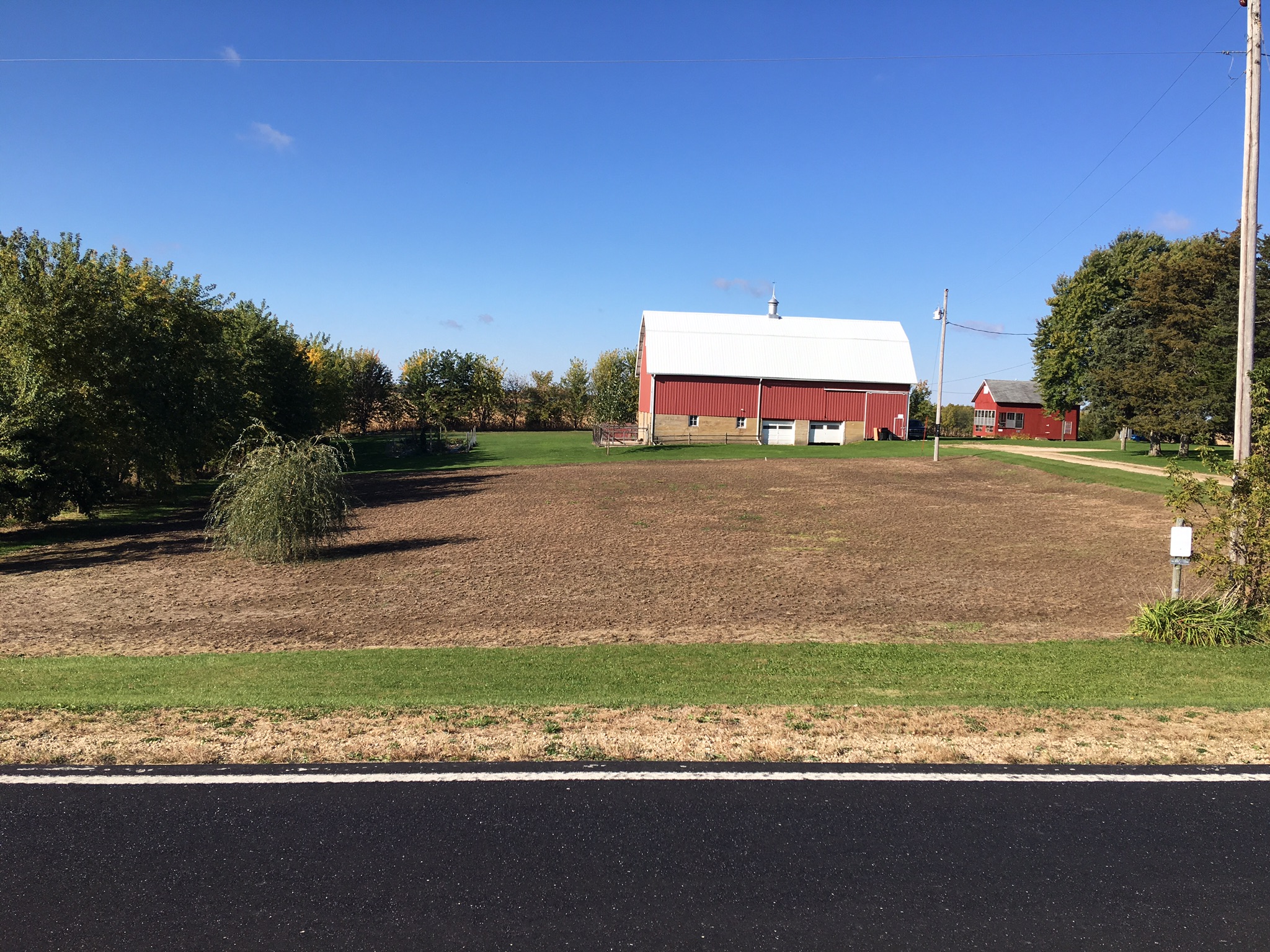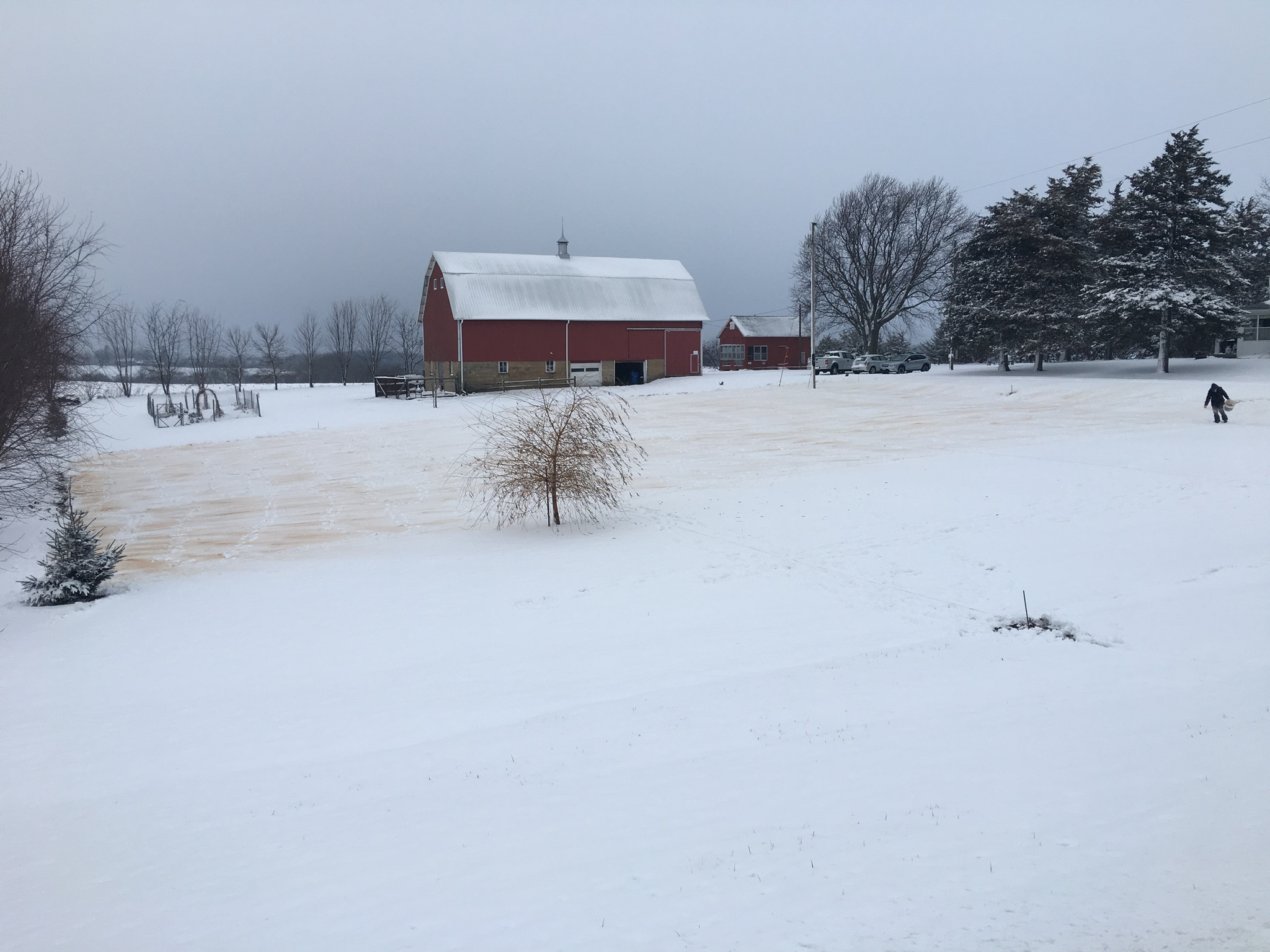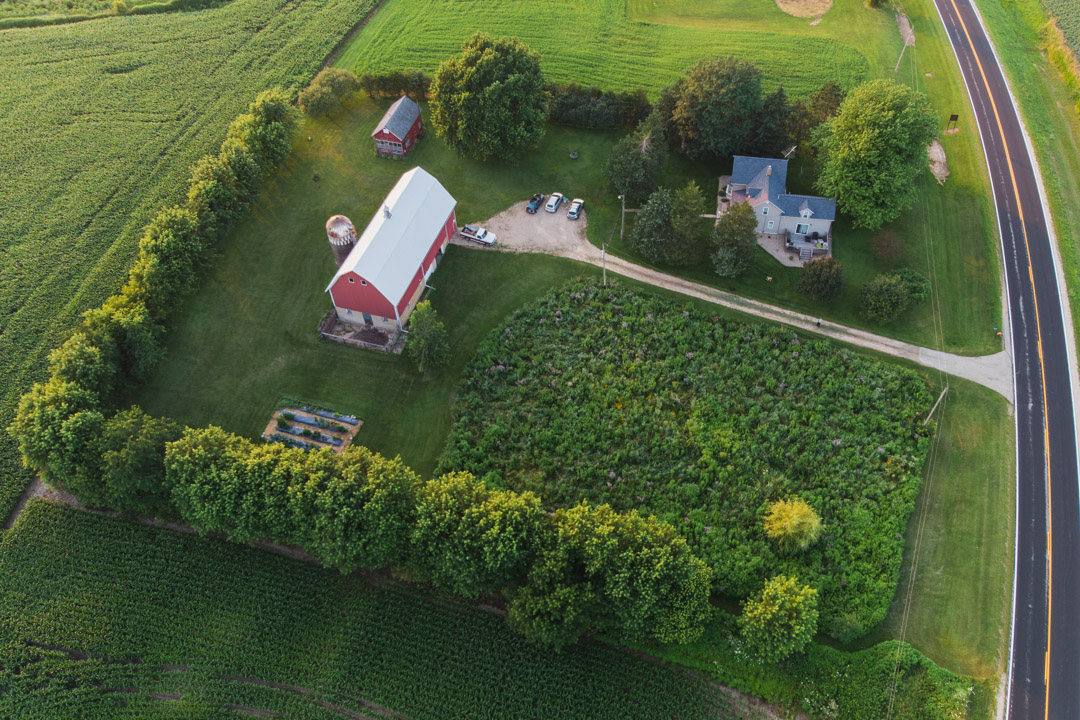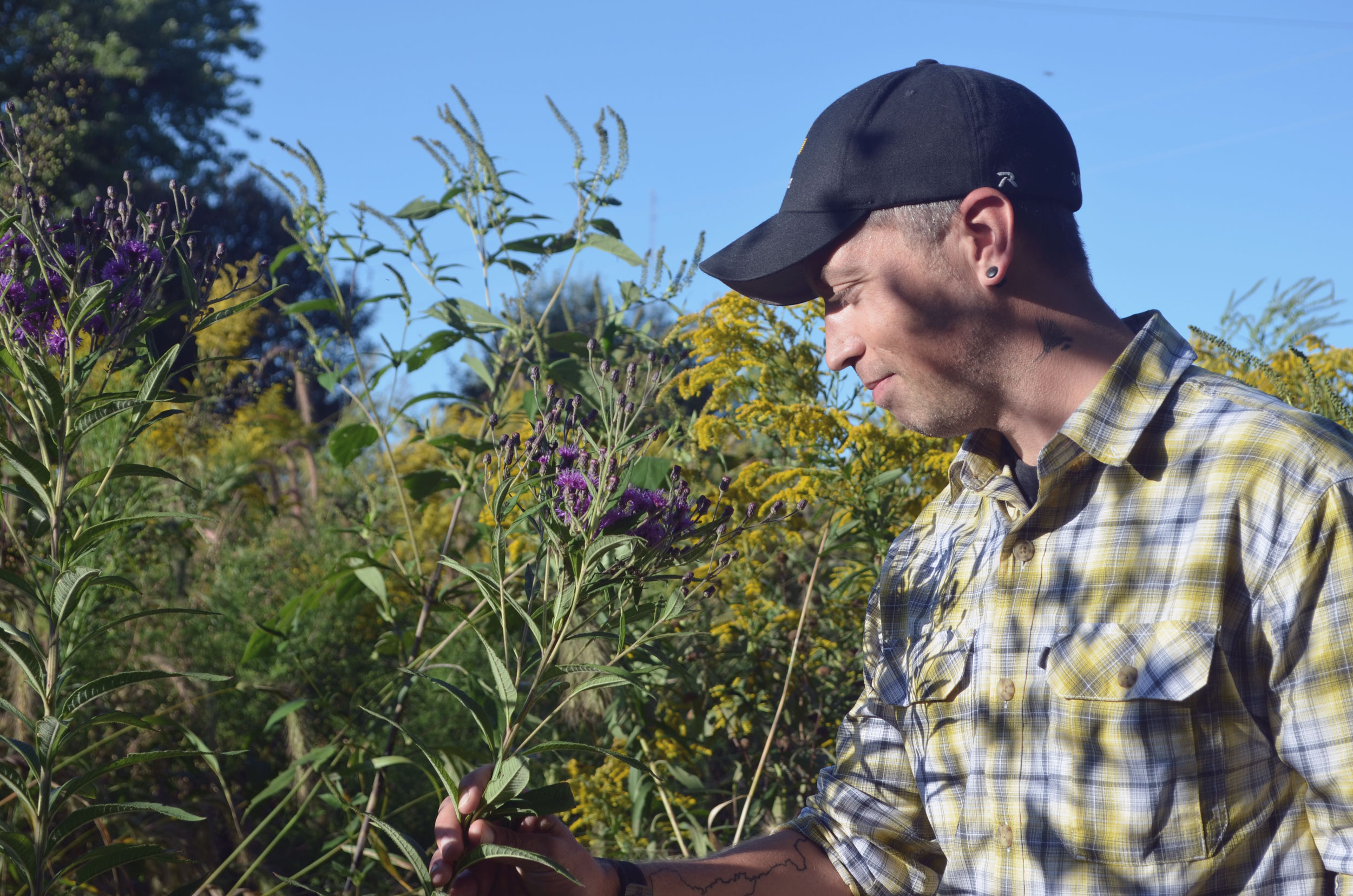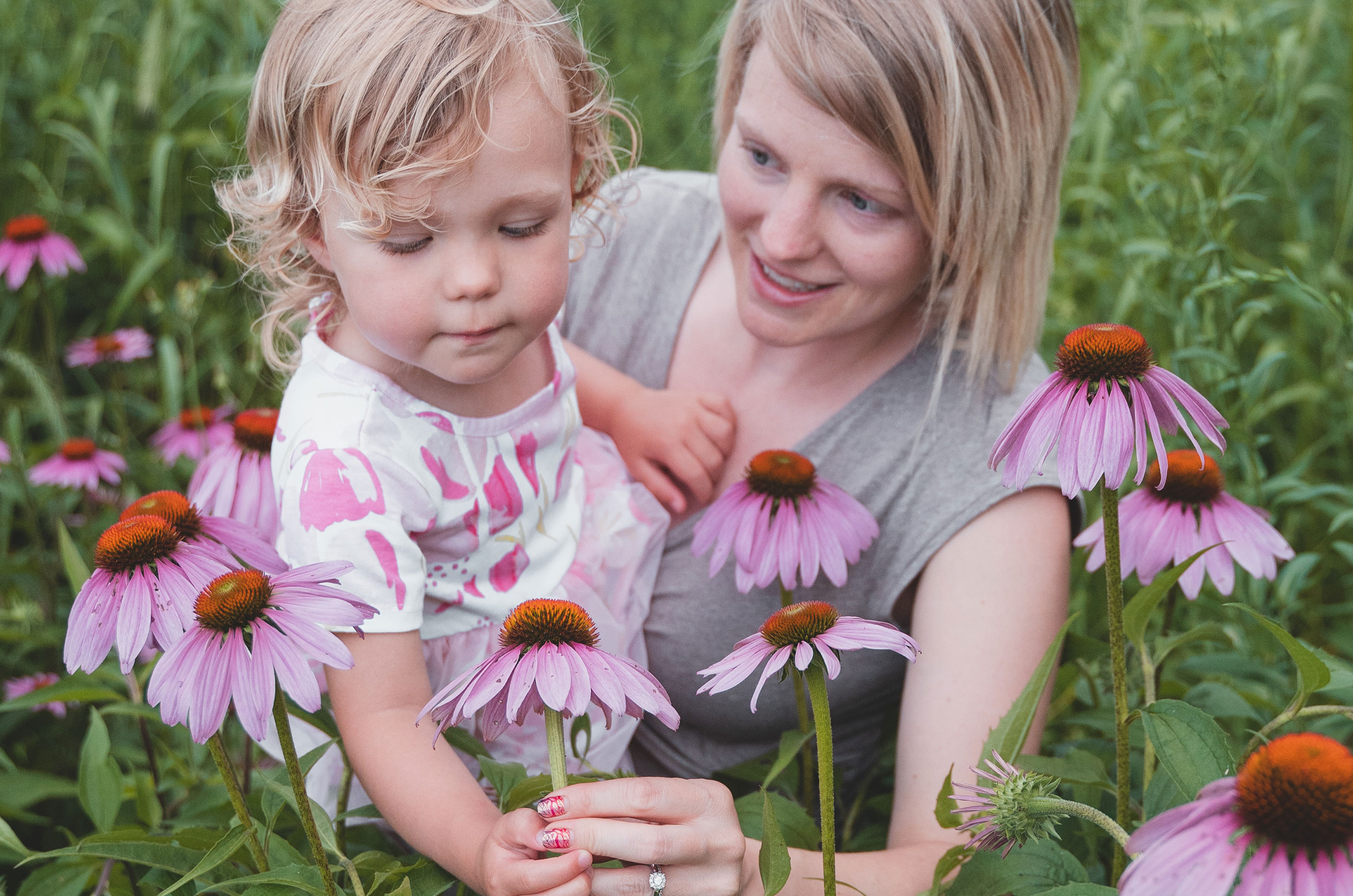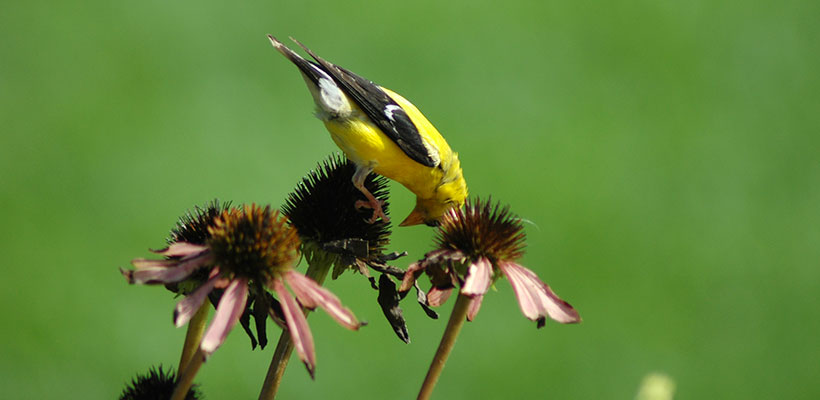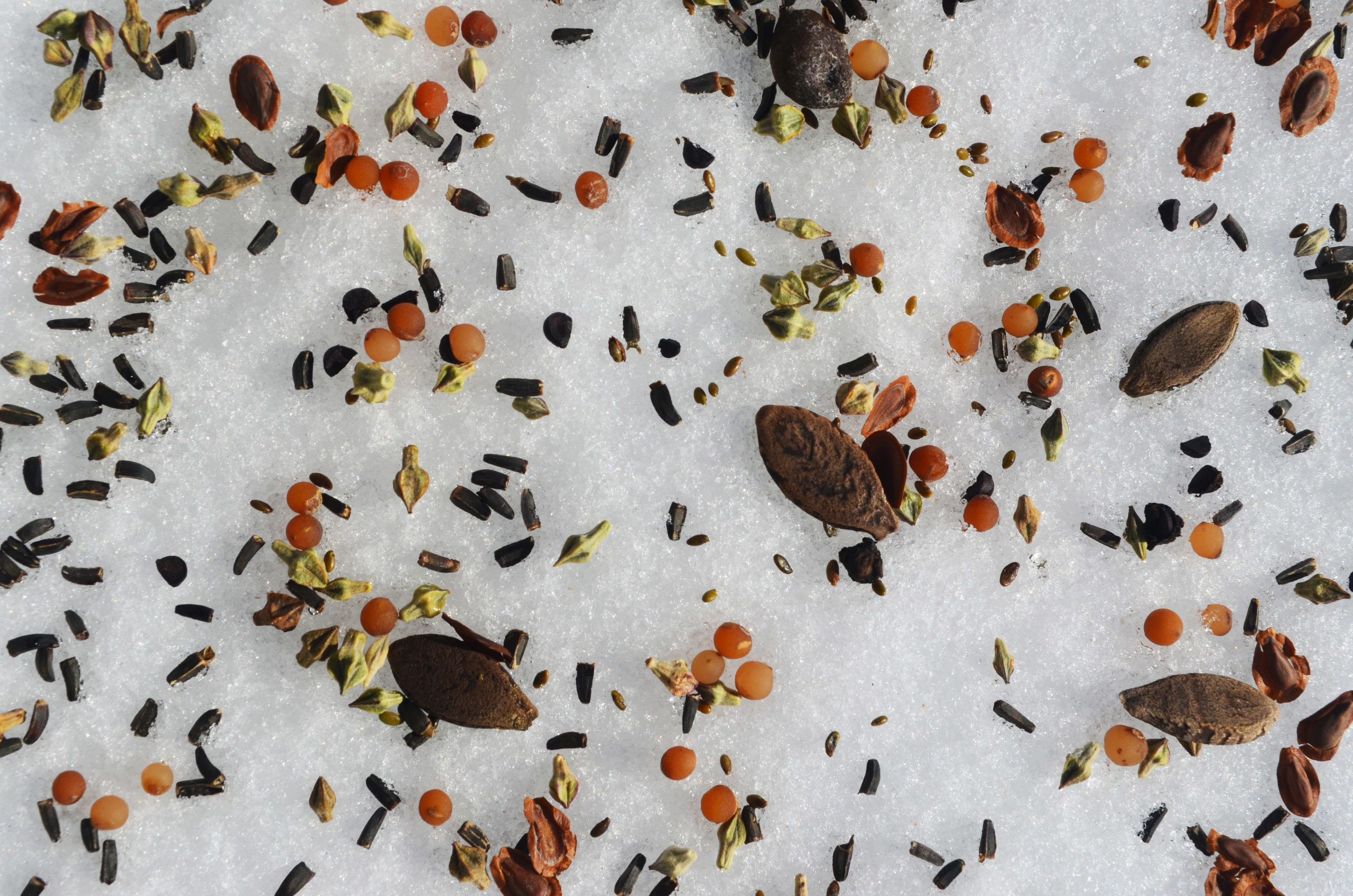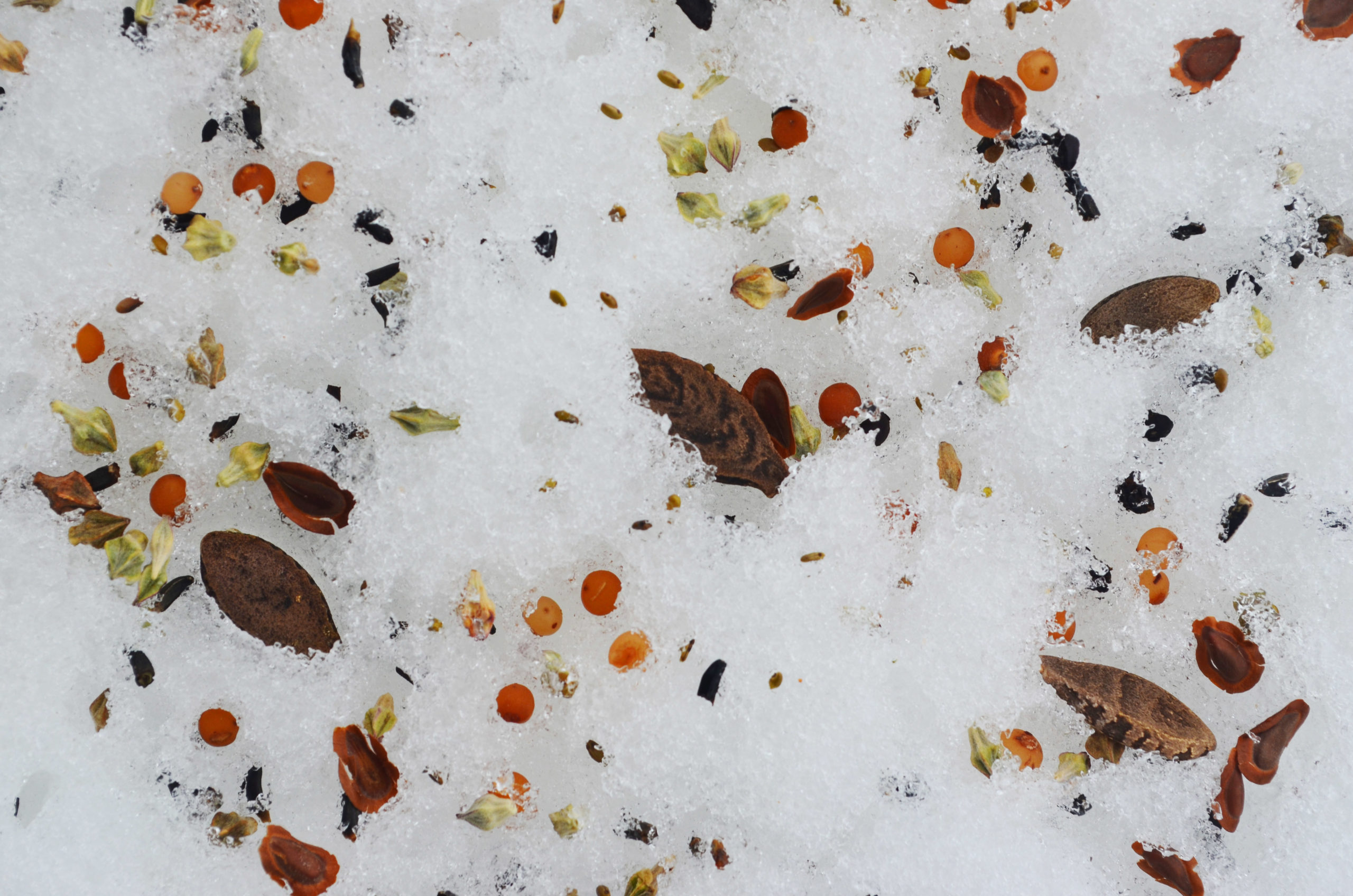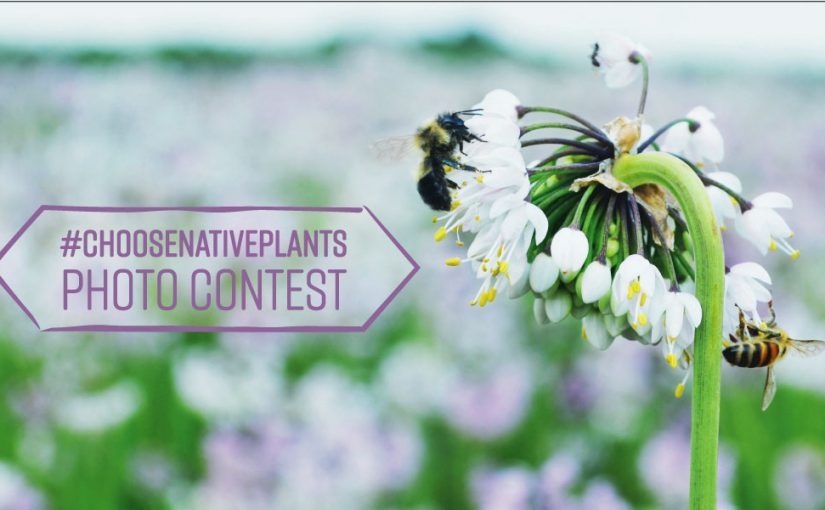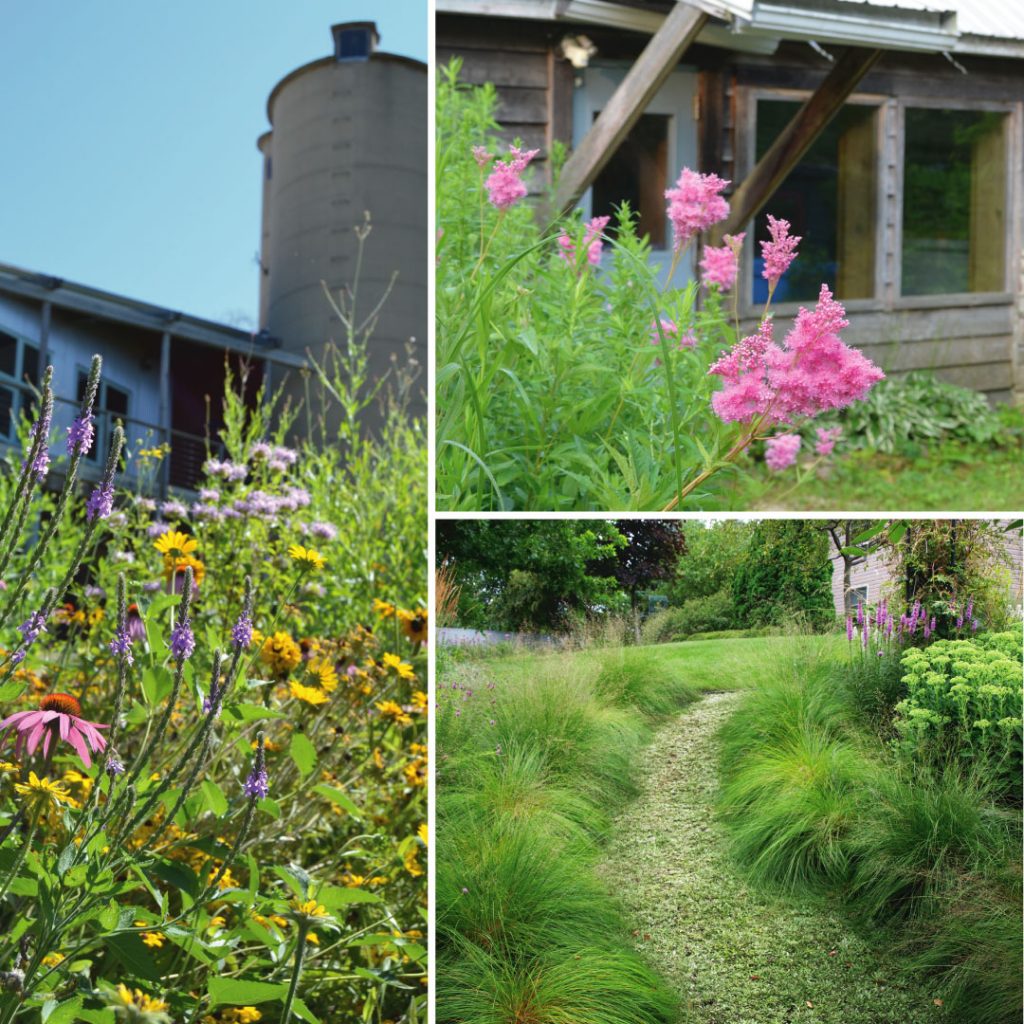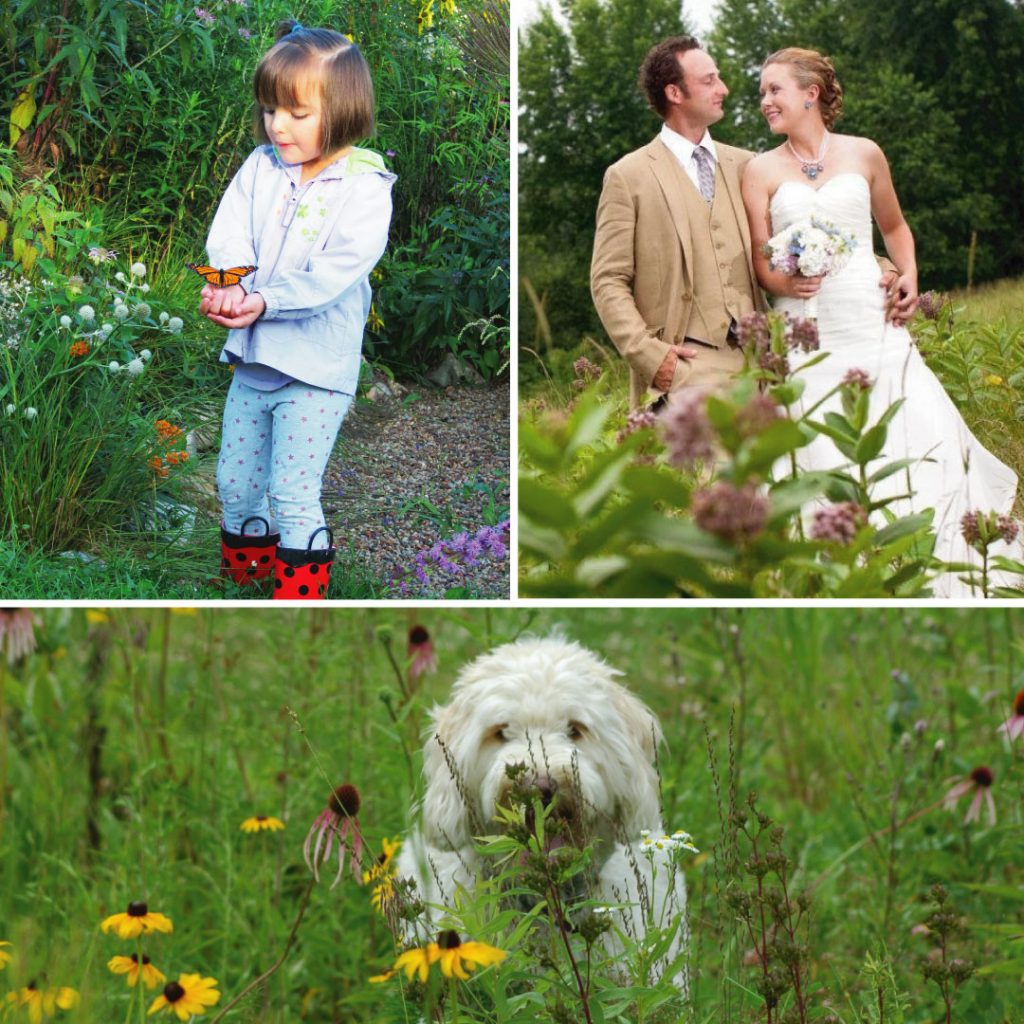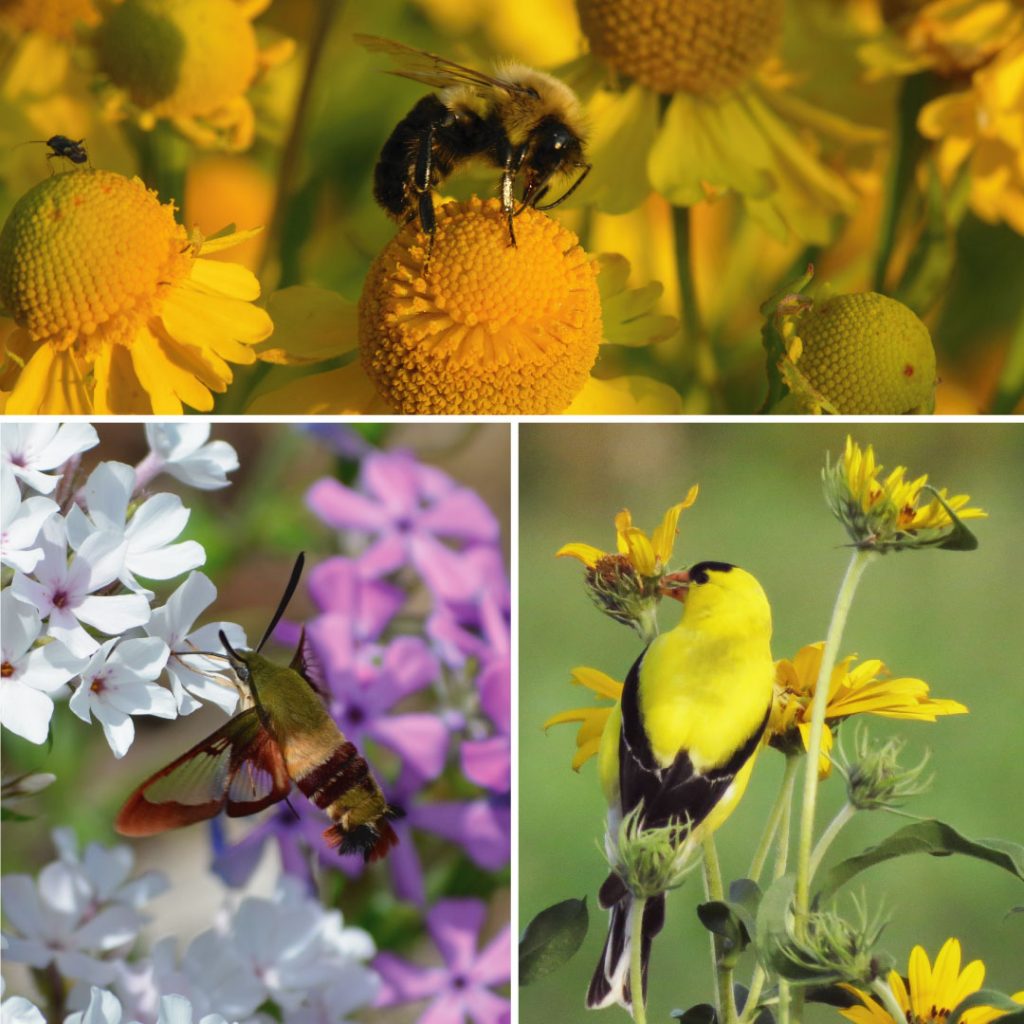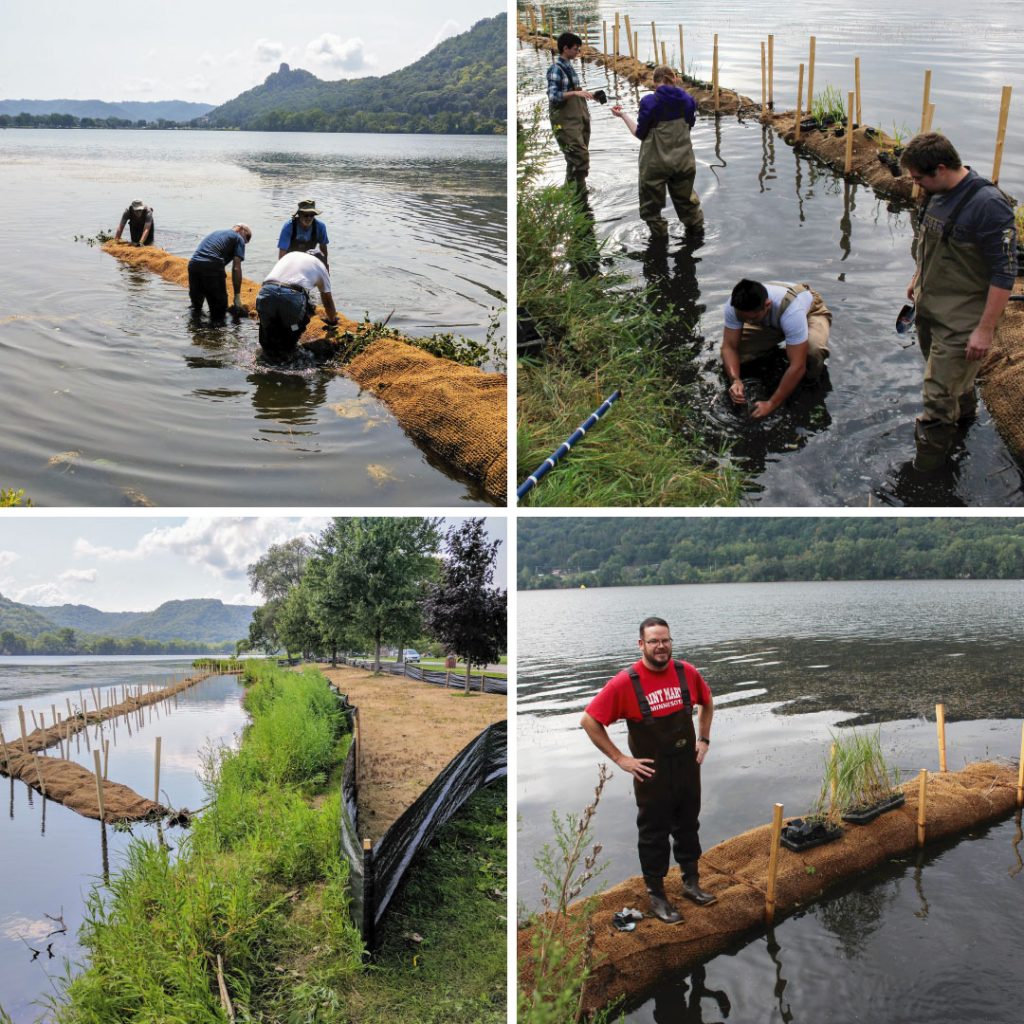Neonicotinoids (neo-nih-CAH-tin-oids) are systemic chemicals, which are absorbed into the plant’s vascular system, leaving the entire plant toxic to both target and non-target insects. Systemic chemicals affect the central nervous system of insects, resulting in paralysis and death. This class of insecticides is particularly harmful to bees as accumulated neonicotinoids are consumed by adults or stored, concentrated, and fed to developing young.
Prairie Moon has never used these insecticides and is proudly neonicotinoid-FREE.
These days we are hearing more reports of Honey Bee die-offs and Colony Collapse Disorder, though the European Honey Bee is but one species of invertebrates facing a precarious future. Native insect species all over the world are subjected to a deadly combination of stresses (with undiscovered species disappearing completely before being properly studied or understood). These stresses are widespread and stem directly from human activity. Habitat loss, fragmented ecosystems, alien organisms, industrial farming practices, climate change and the proliferation of lawns are a few major sources of invertebrate decline. Pesticides, which indiscriminately kill insects by design, pose the most immediate danger to invertebrates worldwide.
Following registration in the mid 1990’s, neonicotinoid use has grown to make this the most widely used class of insecticides in the world. While large-scale agricultural applications account for the greatest levels of cumulative harm (chronic lethal exposure), landscaping and garden use result in higher rates of death (acute lethal exposure) in non-target insects. The most noteable victims of neonicotinoid exposure are pollinator species, which perform a key role in over one-third of our food system. This disproportionate frequency of non-target insect mortality is largely due to the abundance of unregulated insecticides available in retail stores, and a lack of understanding by those who use them.
Neonicotinoids are systemic chemicals, which are absorbed into the plant’s vascular system, leaving the entire plant toxic to both target and non-target insects. Neonicotinoids exhibit long periods of toxicity, with two of the most widely used insecticides persisting in soil at toxic levels for many months and even years. Metabolites (the breakdown product of complex substances) and synergisms (combined substances which result in a greater potency than the original) could make neonicotinoids even more toxic and persistent than is already known.
The accumulation of neonicotinoids may adversely affect many invertebrates beyond those targeted through the initial application. Routes of unintended exposure can originate from spray drift, residual contact, particle exposure (from mechanized planting of treated seeds), as well as exposure through contaminated soil, nesting resources, water, pollen and nectar. Pollen and nectar contamination is especially worrisome for bees as accumulated neonicotinoids may be stored, concentrated, and fed to developing young. Adults can also suffer from chronic and acute exposure, through foraging and ingestion of toxic nectar. The sublethal effects on Honey Bees range from inhibited flight, navigation and taste, in addition to a decrease in learning and foraging ability. Sublethal effects on native bees, such as bumblebees and solitary bees, include reduced food consumption and reproduction success, decreased worker survival, reduced foraging and delayed development.
Environmental stresses are pushing native pollinators to the edge of ecological collapse, with cascading effects seen globally. You can begin helping pollinators right away by conserving and promoting native habitat, gardening with native plants and avoiding insecticide use. Your contributions are essential to curbing the decline of native pollinators and invertebrates. Over one-third of your food supply hangs in the balance.
Reference sources for information on this page were publications of the Xerces Society. View their special reports on Neonicotinoids here.


